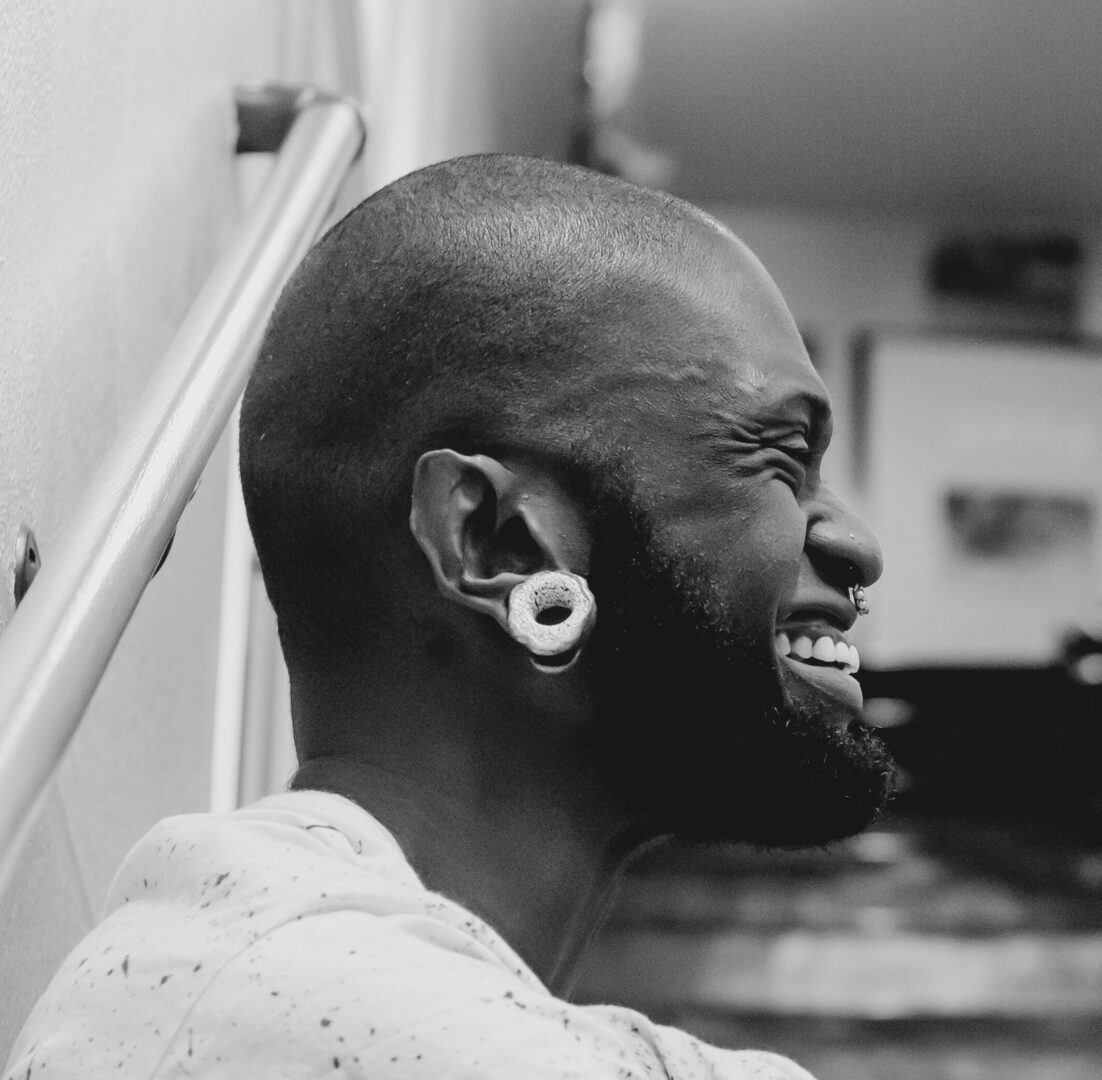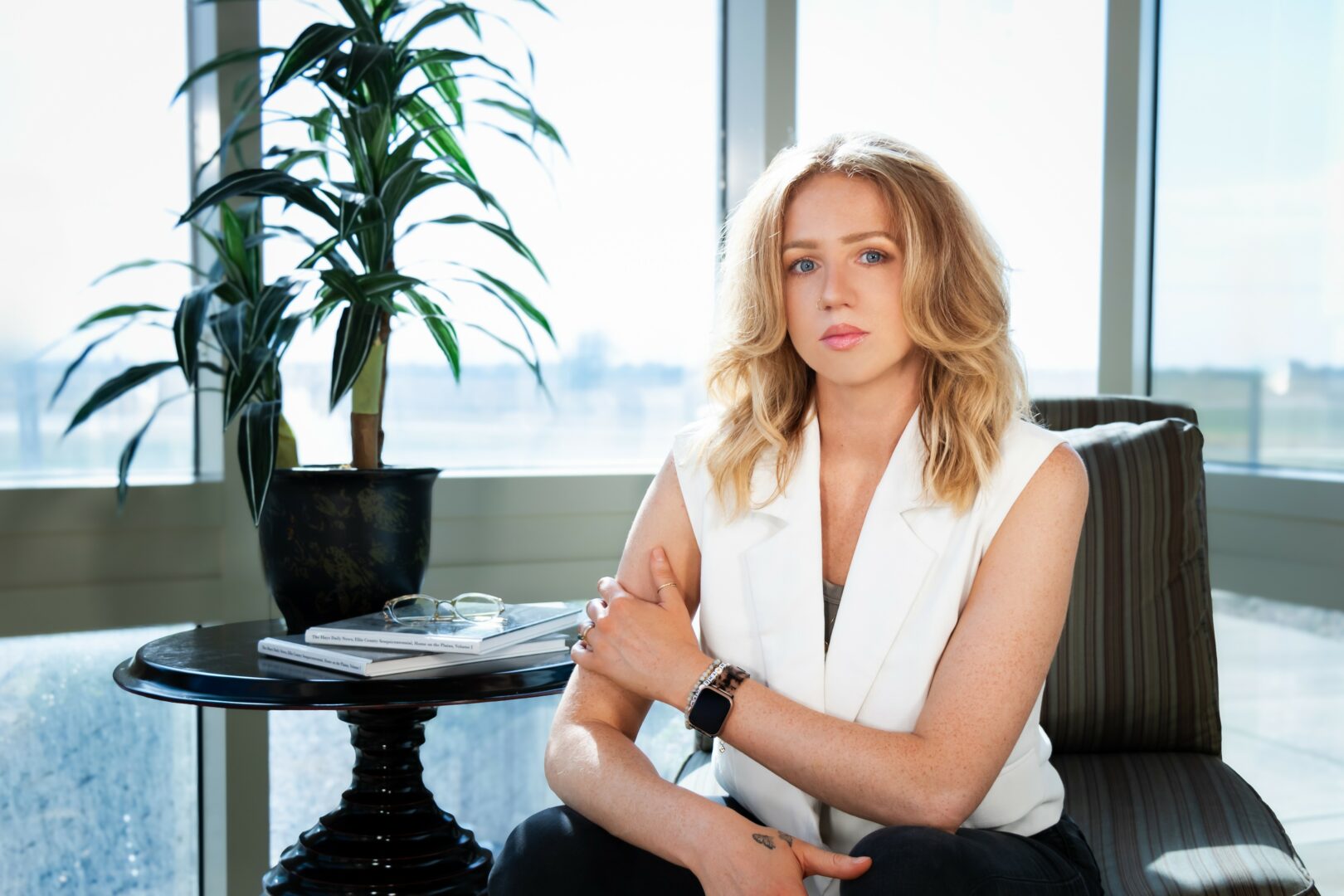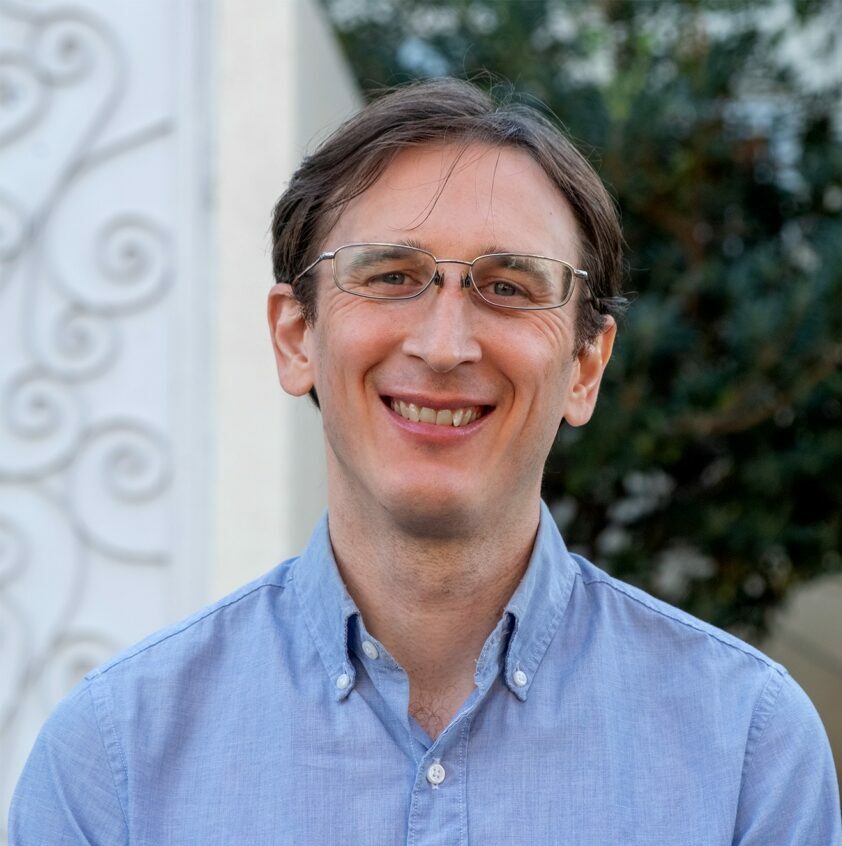Alright – so today we’ve got the honor of introducing you to Idris Veitch. We think you’ll enjoy our conversation, we’ve shared it below.
Idris, first a big thank you for taking the time to share your thoughts and insights with us today. I’m sure many of our readers will benefit from your wisdom, and one of the areas where we think your insight might be most helpful is related to imposter syndrome. Imposter syndrome is holding so many people back from reaching their true and highest potential and so we’d love to hear about your journey and how you overcame imposter syndrome.
Imposter syndrome definitely came up often, especially early in my career when I would often compare my work to others who who I followed on social media.
One huge thing that helped me overcome this feeling was the mantra, “stay in your lane.” It reminded me to focus on my own growth instead of measuring myself to others. Everyone’s creative path is different, and once I accepted that, I was able to enjoy the process more and trust that my work would evolve in its own way.
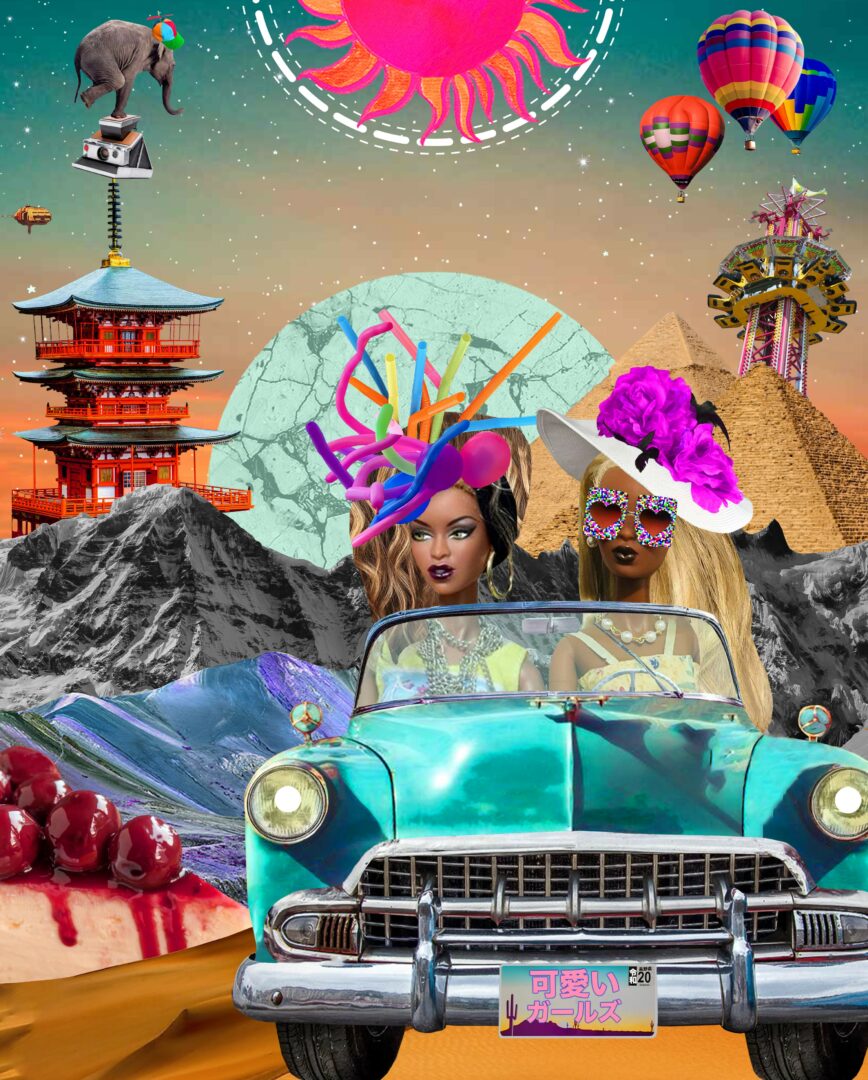
Appreciate the insights and wisdom. Before we dig deeper and ask you about the skills that matter and more, maybe you can tell our readers about yourself?
I was born and raised in Jamaica. My artistic journey started a few years after my moving to Japan in 2009. My intention was to teach English and save money to further my studies in fashion design in the US. A chance encounter with a friend of a friend led to me moving to Tokyo where I first studied womenswear then later menswear full time for three years. The theme of my graduation collection focused on identity as I wanted to explore my Nigerian half, which I had no familiarity with, while also tackling the difficulties with acclimating in Japan.
This motive combined with growing up in Jamaica, but never feeling “Jamaican” lead to a theme of being “the other”, and what resulted was a combination of Japanese and African elements. Some of the media produced during this time included two collage pieces that combined masks from different parts of Africa with uki-yo-e, a traditional form of Japanese art using woodblock prints. I continued making similar collages after graduation, which eventually turned into a series titled “African Masks X Ukiyoe”. This body of work would eventually lead to both solo and collaborative exhibitions in Japan and Jamaica, and features in different publications.
In 2020, having lived in Japan for almost eleven years, I became motivated to open up my palette to include as much media as possible in order to create deeper stories in my work. I think it was a natural outlet towards the discrimination and feelings of alienation that I internalised while living there. Using bright colours, contrasting elements and mixed media, I wanted to push that examination further through a lens of fantasy where I can see myself in any way I pleased.
More recently, I’ve been studying and creating with Blender, a free 3D software, as a way of pushing my practice into new dimensions. This shift has opened the door to a current project – Artefacts of Jamaica where I document historical Jamaican buildings. Through 3D modeling, I’m building a visual archive that not only preserves these structures but also creates interactive ways for people to engage with Jamaica’s cultural heritage.
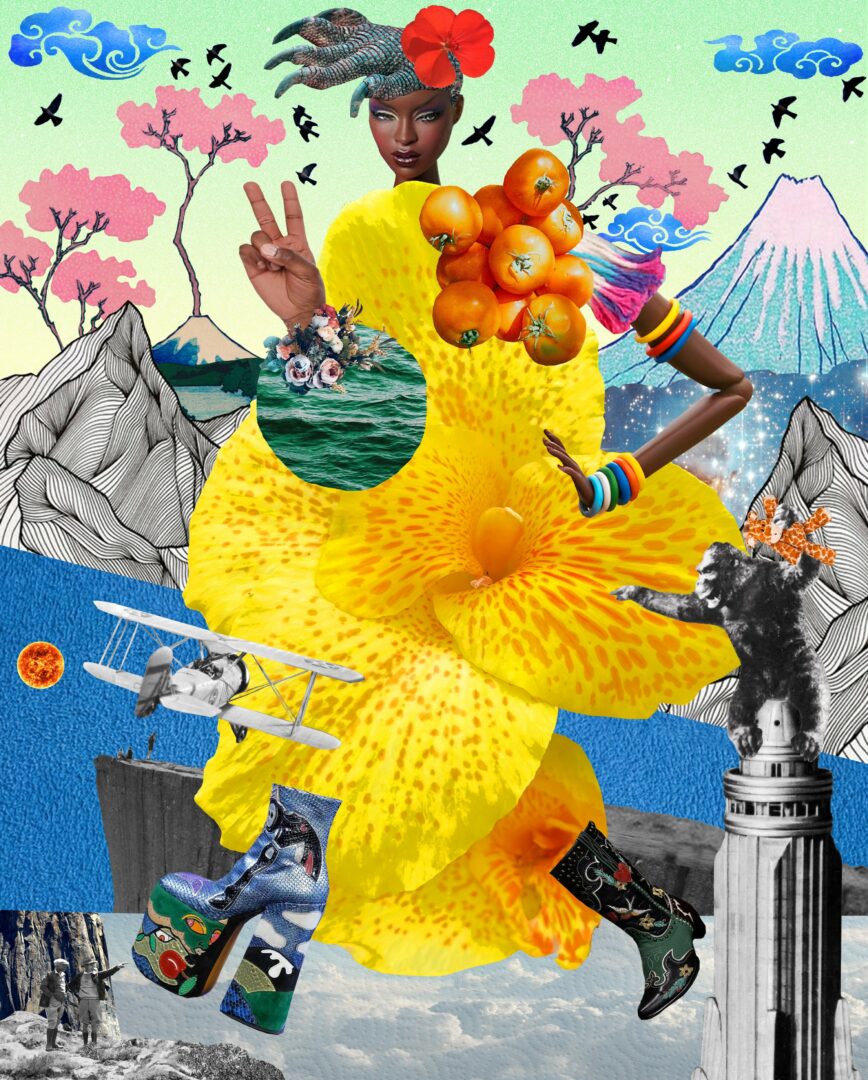
There is so much advice out there about all the different skills and qualities folks need to develop in order to succeed in today’s highly competitive environment and often it can feel overwhelming. So, if we had to break it down to just the three that matter most, which three skills or qualities would you focus on?
I’d say the three most impactful qualities in my artistic journey have been curiosity, persistence, and adaptability.
Curiosity has always been a core driver for me. It’s what pushes me to experiment with new creative software or explore different ways of doing things. For anyone early in their journey, I’d say don’t be afraid to try new approaches — whether it’s testing a new method in your practice or staying open to inspiration from unexpected places such as books, music, etc. Some of my favourite pieces were even inspired by random conversations with friends and family. You never know when that inspiration will hit.
Persistence is another big one. The creative process often comes with uncertainty — moments of self-doubt, frustration, or slow progress when working on a piece. I’ve learned that consistency makes all the difference. Even when inspiration doesn’t come easily, showing up and creating through those periods builds resilience and keeps the momentum going. It’s also equally important to give yourself grace
Lastly, adaptability has shaped how I continue to evolve as an artist. Similar to what I mentioned about staying curious, I think it’s important to not be complacent and too comfortable. For emerging artists, I’d suggest embracing technology and experimentation not as a distraction from your art, but as an extension of it. That openness is what keeps your practice alive and relevant.

We’ve all got limited resources, time, energy, focus etc – so if you had to choose between going all in on your strengths or working on areas where you aren’t as strong, what would you choose?
I think it’s important to start by going all in on your strengths, in other words first lean into the things that come naturally and make your work feel authentic but not to stop there. Once you’ve built a foundation, you can branch out and strengthen the areas that support your growth.
In my own journey, I started with digital collage and was able to build a solid footing and my own visual language from it. Over time, curiosity led me to explore 3D modeling, which was completely outside my comfort zone at first. It took patience and a lot of trial and error, but developing that skill opened new possibilities in how I could present my ideas. I also picked up motion graphics elements and video along the way, which added new layers to the environments that I was building. Nowadays, I’m finding ways to merge all these elements and that’s really exciting for me.
Looking ahead, I also want to explore sound design and AR/XR to expand how people experience my work. I find it more important to stay well-rounded, because the broader your skill set, the more creative freedom you have to express ideas and connect different disciplines. In my opinion, being open to learning new things keeps your practice evolving and helps you develop in ways you might not expect.
Contact Info:
- Website: http://www.idrisveitch.com
- Instagram: http://www.instagram.com/idrisveitch
- Youtube: http://www.youtube.com/@idrisveitch
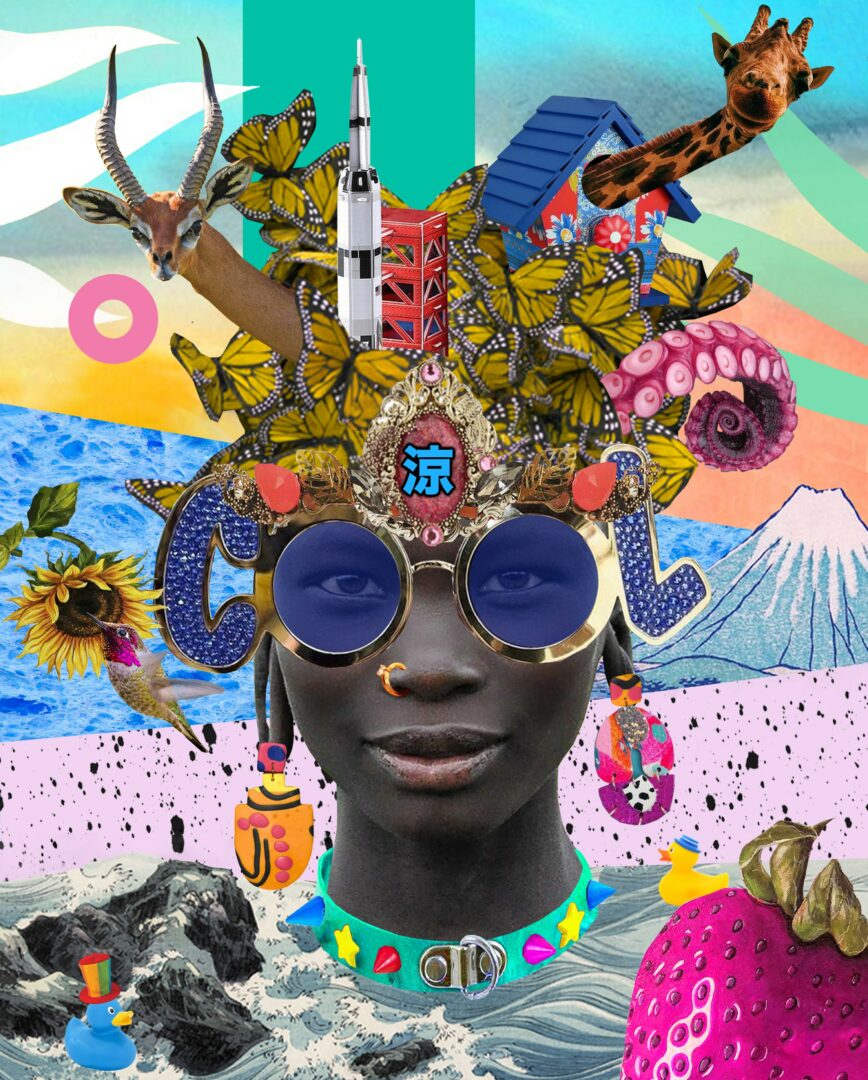
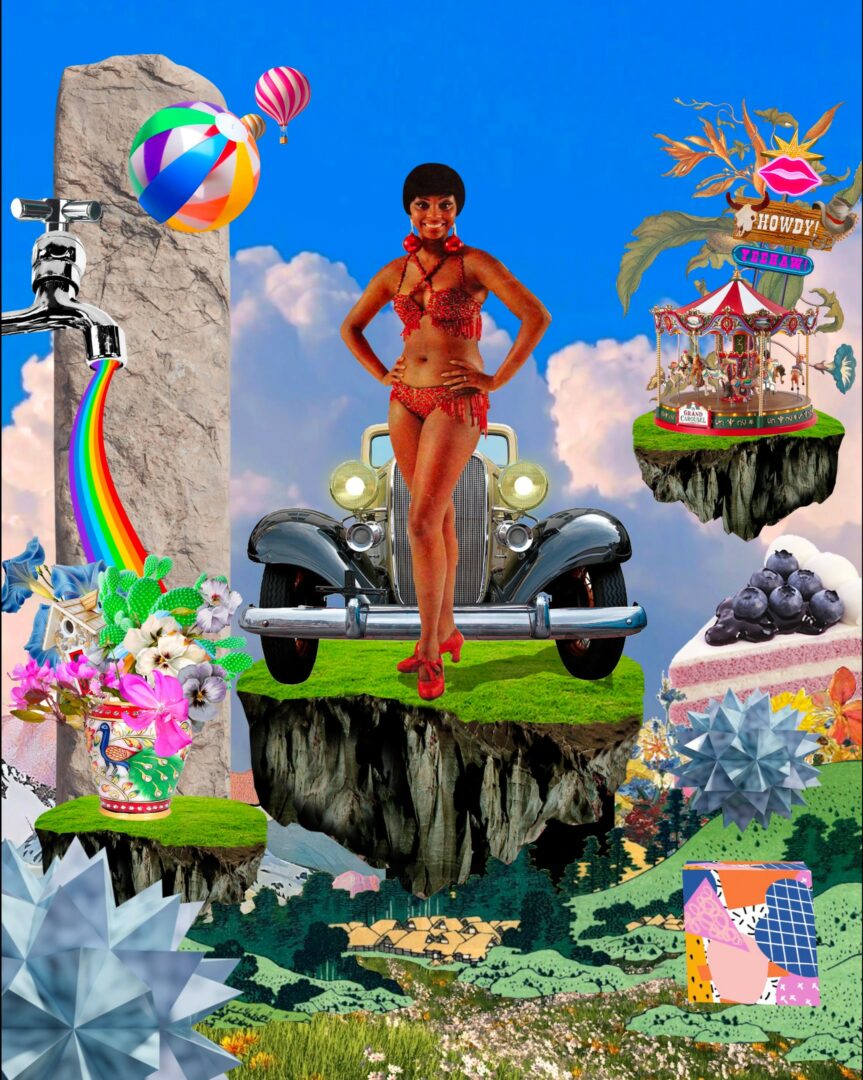

so if you or someone you know deserves recognition please let us know here.

